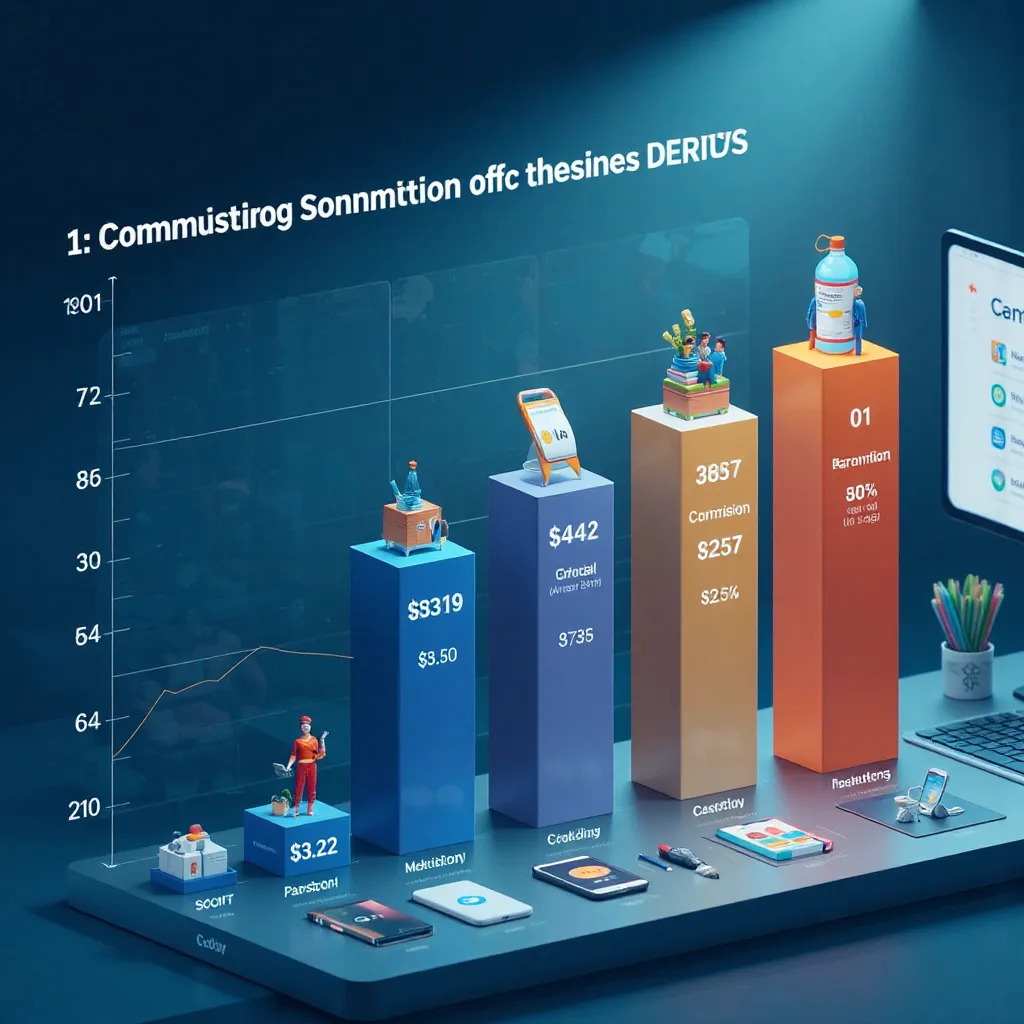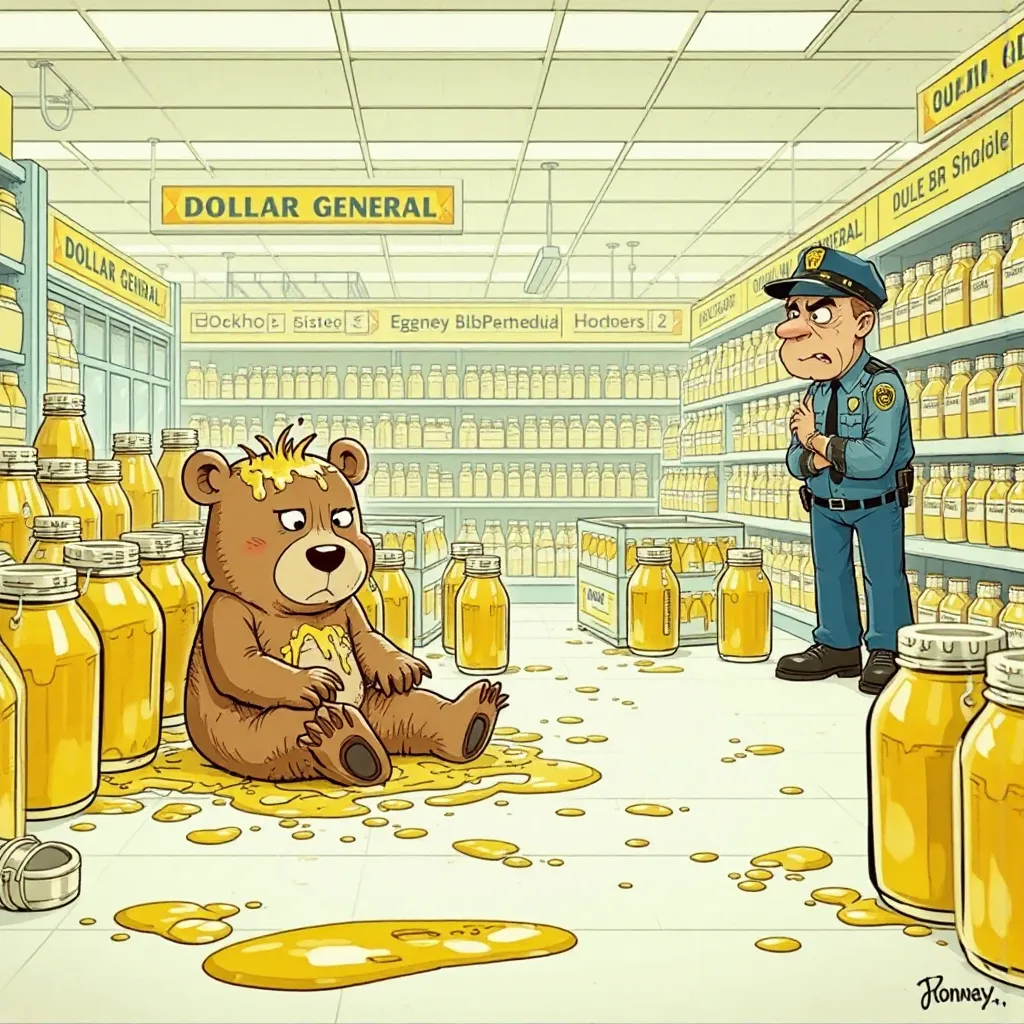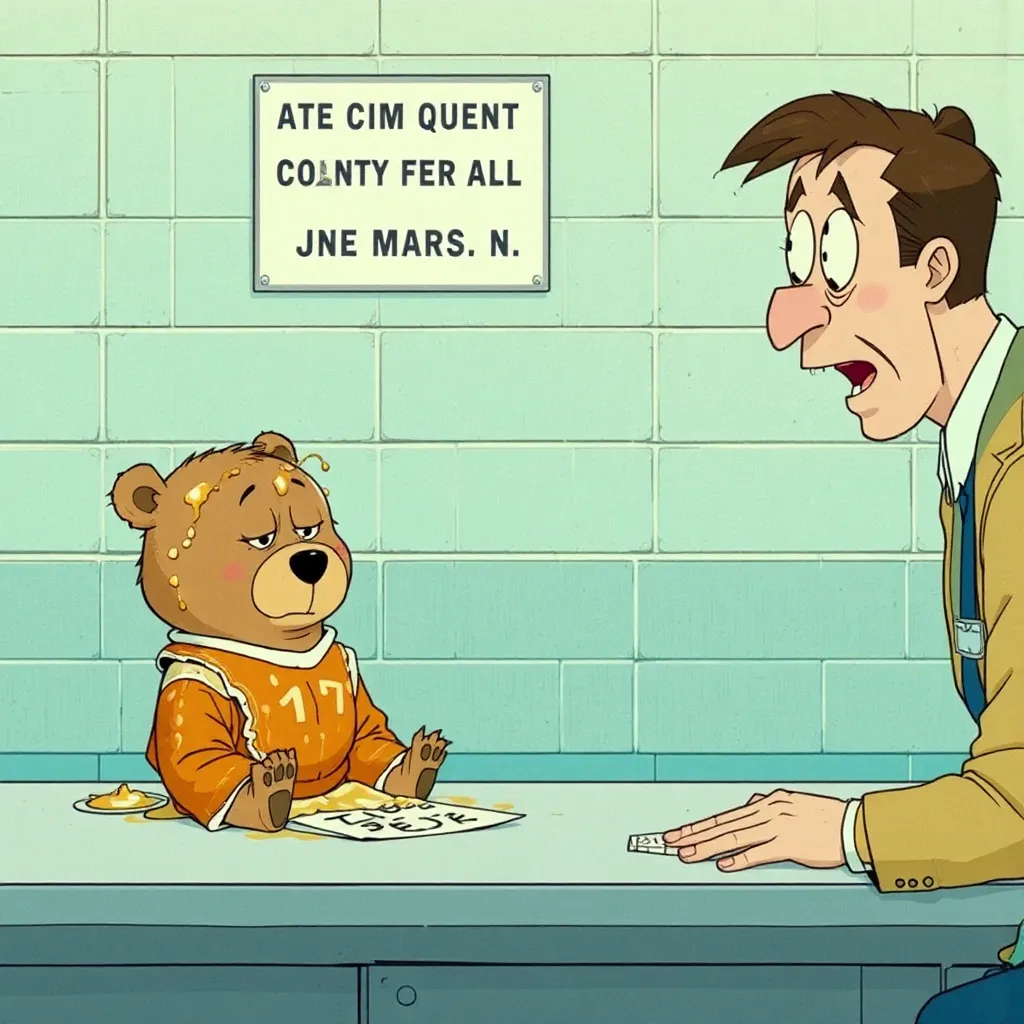Genera un artículo para un blog basado en el video que se adjunta en las referencias
Transformers
Tabla de Contenidos
• Introducción
• La Evolución en el Procesamiento del Lenguaje Natural
• Arquitectura de los Transformers
• El Mecanismo de Atención
• Atención Multi-Cabeza y Paralelismo
• Escalabilidad y Eficiencia en Modelos de Lenguaje
• Aplicaciones Prácticas
• Implicaciones y Perspectivas Futuras
• Conclusiones
• Preguntas Frecuentes (FAQ)
Introducción
En la última década, el área de la inteligencia artificial ha experimentado avances revolucionarios en el procesamiento del lenguaje natural (PLN). Uno de los hitos más significativos ha sido el desarrollo de los Transformers, modelos de redes neuronales que han transformado la forma en que las máquinas comprenden y generan lenguaje. Este artículo se basa en el análisis exhaustivo de un video técnico en el que se explica en detalle la arquitectura y funcionamiento de los Transformers, haciendo énfasis en su mecanismo de atención, en cómo se actualizan las representaciones contextuales y en la eficiencia obtenida a través del paralelismo en el entrenamiento de estos modelos[1].
El artículo está destinado a todo el público interesado en conocer de manera profunda y profesional cómo funcionan estos sistemas, cuál es su importancia en el desarrollo de aplicaciones modernas y cómo han permitido avances sin precedentes en tareas relacionadas con el PLN. A lo largo del recorrido, se abordarán diversos conceptos fundamentales y se resaltarán ejemplos clave que demuestran la relevancia de este avance en el campo de la inteligencia artificial.
La Evolución en el Procesamiento del Lenguaje Natural
Desde los primeros intentos de generar lenguaje mediante reglas preprogramadas, la evolución del PLN ha sido impulsada por innovaciones en técnicas de modelado. Los modelos de lenguaje basados en redes neuronales, como Recurrent Neural Networks (RNN) y Long Short-Term Memory (LSTM), lograron avances notables; sin embargo, enfrentaban limitaciones para capturar las dependencias a larga distancia dentro de los textos. Estas limitaciones impulsaron la creación de la arquitectura Transformer, introducida en una famosa publicación de 2017 titulada “Attention Is All You Need”. El enfoque basado en el mecanismo de atención propuso una alternativa revolucionaria a la secuencialidad inherente de las RNN, permitiendo una mayor paralelización y mejor manejo de contextos extensos[1].
El video referenciado profundiza en la importancia de este cambio paradigmático. El mecanismo de atención no solo mejora la capacidad de modelado, sino que también permite que el proceso de entrenamiento se vuelva más eficiente, reduciendo significativamente el tiempo de cómputo y abriendo la puerta a modelos mucho más grandes y complejos, como GPT-3 y otros grandes modelos lingüísticos de última generación.
Arquitectura de los Transformers
La arquitectura Transformer se compone esencialmente de capas de atención y bloques feed-forward. Su funcionamiento se basa en la transformación de cada token de entrada en una representación vectorial, conocida como “embedding”. Estos embeddings capturan tanto el significado semántico de la palabra como su posición dentro del contexto. El proceso de actualización de estas representaciones se realiza mediante operaciones matriciales, en particular a través del mecanismo de atención, que se encarga de ponderar la relevancia de otros tokens en el contexto para cada token analizado[1].
Un aspecto esencial y distintivo de esta arquitectura es que, a diferencia de sus predecesores, no utiliza una estructura recurrente para procesar la información. En su lugar, el Transformer ejecuta operaciones en paralelo, lo cual permite el procesamiento simultáneo de todos los tokens de una secuencia. Esta característica acelera el entrenamiento significativamente y mejora la capacidad del modelo para capturar dependencias contextuales a lo largo de secuencias extensas.
El Mecanismo de Atención
El mecanismo de atención es el núcleo fundamental que ha hecho posible el éxito de los Transformers. En esencia, se trata de una metodología que decide qué partes del contexto son relevantes para cada token de entrada. Esto se logra mediante la generación de tres componentes clave para cada token: las consultas (queries), las claves (keys) y los valores (values). La operación de atención se basa en comparar cada consulta con todas las claves para obtener una distribución de “pesos”, que son posteriormente utilizados para combinar los valores correspondientes y así actualizar el embedding original.
Proceso Detallado del Mecanismo de Atención
-
Generación de Embeddings Iniciales: Cada palabra o token es convertido en un vector de alta dimensionalidad, que no solo refleja la información léxica, sino también alguna noción de posición y contexto.
-
Multiplicación por Matrices de Parámetros: En el Transformer se utilizan matrices de parámetros para transformar cada embedding en una consulta, una clave y un valor. Estas matrices son entrenadas mediante aprendizaje profundo y capturan patrones específicos que ayudan a identificar relaciones entre tokens.
-
Cálculo del Producto Punto: Luego se toma el producto punto entre las consultas y las claves para cada par de tokens. Esto permite determinar el grado de similitud o relevancia entre ellos.
-
Aplicación de Softmax: Los valores obtenidos se normalizan utilizando una función softmax. Esta etapa asegura que la suma de los valores ponderados sea 1, transformándolos en una especie de distribución de probabilidad.
-
Cálculo de la Salida: Finalmente, los pesos normalizados se utilizan para tomar una media ponderada de los valores, produciendo así un nuevo vector que actualiza el embedding original de cada token, enriquecido con información contextual.
Este mecanismo permite que cada token “preste atención” a otros tokens dentro de la secuencia, capturando relaciones contextuales que de otro modo serían difíciles de modelar.
Atención Multi-Cabeza y Paralelismo
Una de las innovaciones más importantes de la arquitectura Transformer es la atención multi-cabeza. En lugar de utilizar una única atención, el Transformer se beneficia de múltiples “cabezas” de atención, lo que significa que realiza el proceso anteriormente descrito en paralelo varias veces. Cada cabeza puede aprender a enfocarse en diferentes aspectos del contexto, lo que permite capturar patrones variados y complejidades lingüísticas de forma simultánea.
Beneficios de la Atención Multi-Cabeza
• Mayor capacidad de captura de relaciones complejas y matices contextuales entre palabras.
• Paralelización del proceso de entrenamiento, lo que reduce el tiempo requerido para ajustar los parámetros del modelo.
• Flexibilidad para representar múltiples relaciones entre palabras, lo que es esencial para el manejo de ambigüedades y polisemia en el lenguaje natural.
El video explica cómo cada cabeza de atención opera independientemente con sus propias matrices de parámetros para consultas, claves y valores. Luego, los resultados de todas las cabezas se integran para formar la salida final del mecanismo de atención. Este enfoque ha sido clave para el éxito de modelos de gran escala, ya que permite aprender representaciones sumamente ricas y contextualizadas.
Escalabilidad y Eficiencia en Modelos de Lenguaje
Una de las mayores fortalezas de la arquitectura Transformer es su escalabilidad. Al permitir el procesamiento paralelo de secuencias, los Transformers pueden manejar contextos muy largos y grandes cantidades de datos de entrenamiento. Este modelo ha permitido la creación de gigantescos modelos lingüísticos, como GPT-3, que cuenta con 175 mil millones de parámetros y diversas capas de atención que suman millones de parámetros dedicados únicamente a este proceso[1].
Impacto de la Escalabilidad
El paralelismo y la eficiencia computacional del Transformer han permitido:
• Entrenar modelos con contextos cada vez más extensos.
• Aumentar la precisión en la predicción de tokens y en la generación de lenguaje natural.
• Reducir los tiempos de entrenamiento gracias a la capacidad de distribuir las operaciones en GPUs o clusters de procesamiento masivo.
Estos avances han abierto un abanico de aplicaciones en diversas áreas, desde asistentes virtuales hasta análisis avanzado de texto y traducción automática. La capacidad para capturar relaciones contextuales complejas y representar información lingüística de forma compacta es lo que ha llevado a los Transformers a ser la base de muchos innovadores sistemas de inteligencia artificial implementados en la actualidad.
Aplicaciones Prácticas de los Transformers
La versatilidad de los Transformers ha permitido su aplicación en numerosos campos, algunos de los cuales se describen a continuación:
Procesamiento del Lenguaje Natural (PLN)
Los Transformers se han convertido en la arquitectura de elección para tareas de PLN, tales como:
• Generación de texto y diálogos en asistentes virtuales.
• Traducción automática entre múltiples idiomas.
• Resumen automático de documentos e identificación de temas clave.
• Clasificación y análisis de sentimientos en texto.
Modelado de Lenguaje y Chatbots
Modelos de lenguaje entrenados con arquitecturas basadas en Transformers, como GPT-3, han revolucionado la forma en que las máquinas pueden generar y comprender el lenguaje de forma casi humana. Estos modelos permiten la creación de chatbots altamente interactivos y capaces de comprender contextos complejos, brindando respuestas coherentes y contextualizadas en una amplia gama de aplicaciones.
Otras Aplicaciones Innovadoras
Además del procesamiento del lenguaje, la arquitectura Transformer también ha sido adaptada para otras áreas, como:
• Visión por Computadora: Adaptando el mecanismo de atención para tareas de reconocimiento y clasificación de imágenes.
• Generación de Música y Arte: Utilizando Transformers para generar secuencias musicales o imágenes artísticas que imitan estilos reconocidos.
• Bioinformática: Aplicación en la predicción de secuencias de aminoácidos y en la modelización de estructuras moleculares.
El video también menciona ejemplos como la predicción de contextos en citas literarias, donde el modelo es capaz de anticipar la siguiente palabra basada en patrones complejos aprendidos durante el entrenamiento. Este tipo de aplicaciones demuestra el poder y la flexibilidad de los Transformers en entornos tanto literarios como técnicos[1].
Implicaciones y Perspectivas Futuras
La revolución que ha significado la aparición de los Transformers en el campo de la inteligencia artificial abre múltiples perspectivas para el futuro. La capacidad para manejar contextos muy extensos y para aprender representaciones profundamente contextuales posiciona a esta tecnología como crucial en el avance del PLN y en el desarrollo de aplicaciones cada vez más sofisticadas.
Innovaciones en la Atención Escalable
Investigadores y profesionales en el campo continúan trabajando en:
• Mejorar la eficiencia del mecanismo de atención, reduciendo el costo computacional asociado con el procesamiento de secuencias muy largas.
• Desarrollar variantes del Transformer que permitan manejar contextos más extensos sin comprometer la precisión, optimizando tanto el entrenamiento como la inferencia en tiempo real.
Estas investigaciones no solo tienen el potencial de mejorar la tecnología existente, sino que también pueden abrir puertas a nuevas aplicaciones en campos emergentes.
Reflexiones Éticas y Sociales
El uso de modelos de gran escala, que pueden incluir decenas de miles de millones de parámetros, también plantea preguntas importantes sobre el uso ético de la inteligencia artificial. Aspectos relacionados con la transparencia en las decisiones del modelo, el manejo de sesgos en los datos de entrenamiento y la eficiencia energética de estos gigantes computacionales son temas en constante debate y evolución.
El video subraya la importancia de entender a profundidad el funcionamiento interno de los Transformers para poder abordar estos desafíos de manera informada. Un entendimiento profundo del mecanismo de atención es esencial para diseñar intervenciones que minimicen los sesgos y mejoren la transparencia en la toma de decisiones automatizada[1].
Futuro de la Investigación y Desarrollo
Es previsible que en el futuro se desarrollen nuevos mecanismos y arquitecturas inspiradas en los Transformers, especialmente en campos donde el procesamiento paralelo y la eficiencia en el manejo de contextos largos sean críticos. La integración de técnicas de atención escalable podría permitir el entrenamiento de modelos aún más grandes y precisos, lo que implicaría avances significativos en el análisis de datos y en la generación automatizada de contenido.
Además, se está investigando el uso de Transformers en tareas multimodales, donde el modelo no solo trabaja con texto, sino también con imágenes, audio y otros tipos de datos. Esta integración permitiría construir sistemas de inteligencia artificial con capacidades de razonamiento y comprensión que trascienden las fronteras de una sola modalidad, abriendo la puerta a aplicaciones verdaderamente transformadoras en múltiples áreas del conocimiento.
Conclusiones
Los Transformers han revolucionado la manera en la que se aborda el procesamiento del lenguaje natural y otras tareas relacionadas con la inteligencia artificial. Su arquitectura basada en el mecanismo de atención ha permitido superar las limitaciones de los modelos secuenciales anteriores, introduciendo una capacidad sin precedentes para capturar relaciones a larga distancia y para paralelizar el procesamiento de secuencias.
Entre los aspectos más destacados se incluyen el uso de múltiples cabezas de atención, que permiten aprender de forma simultánea distintos matices contextuales, y la eficiencia en el escalado que ha permitido la creación de modelos masivos como GPT-3. Estos avances no solo han mejorado las aplicaciones actuales en PLN, sino que también están allanando el camino para innovaciones futuras en áreas tan diversas como la visión por computadora y la bioinformática.
El video analizado proporciona una explicación detallada y técnica de cómo funcionan los Transformers, desde la generación de embeddings hasta la integración final de múltiples cabezas de atención para actualizar el contexto de manera dinámica. Este enfoque multiparadigmático y paralelo destaca la importancia de esta tecnología en el ámbito de la inteligencia artificial y su potencial para transformar la manera en que interactuamos y entendemos el lenguaje y los datos.
En resumen, la arquitectura Transformer no solo representa un salto cualitativo en el procesamiento del lenguaje natural, sino también un paradigma de diseño que continuará influyendo en la evolución de la inteligencia artificial en los próximos años. Con la rápida evolución de la tecnología y la creciente demanda de modelos más eficientes y contextualmente precisos, es indudable que los Transformers seguirán siendo una pieza central en la investigación y aplicación de la inteligencia artificial.
Preguntas Frecuentes (FAQ)
-
¿Qué es un Transformer y por qué es tan importante en el procesamiento del lenguaje natural?
Un Transformer es una arquitectura de red neuronal que utiliza el mecanismo de atención para capturar dependencias contextuales en secuencias de datos, permitiendo el procesamiento paralelo y mejorando la eficiencia en tareas de PLN. Su capacidad para manejar contextos largos y generar representaciones de alta calidad lo hace fundamental en aplicaciones modernas de inteligencia artificial[1]. -
¿Cómo funciona el mecanismo de atención en los Transformers?
El mecanismo de atención se basa en transformar cada token en tres componentes: consultas, claves y valores. Se calcula el producto punto entre consultas y claves, se normalizan estos valores mediante softmax y se utilizan para ponderar y combinar los valores, produciendo una representación actualizada que refleja el contexto de cada token[1]. -
¿Qué es la atención multi-cabeza y cuáles son sus ventajas?
La atención multi-cabeza implica realizar múltiples operaciones de atención en paralelo, cada una con su propio conjunto de matrices de parámetros. Esto permite que el modelo aprenda distintos aspectos contextuales simultáneamente, capturando una mayor diversidad de relaciones y mejorando significativamente la precisión en la generación y comprensión del lenguaje[1]. -
¿Cuáles son las aplicaciones más relevantes de los Transformers?
Los Transformers se utilizan en muchas aplicaciones, incluyendo generación de texto, traducción automática, resumen de documentos, análisis de sentimientos, reconocimiento de imágenes y procesamiento multimodal. Su versatilidad ha impulsado la creación de modelos de lenguaje avanzados como GPT-3, con aplicaciones que abarcan desde asistentes virtuales hasta sistemas de recomendación y análisis de datos[1]. -
¿Cuáles son los desafíos futuros en la implementación de Transformers?
Entre los desafíos se encuentran la escalabilidad y eficiencia en el manejo de contextos extensos, la interpretación y transparencia de las decisiones del modelo, y la mitigación de sesgos inherentes a los datos de entrenamiento. Además, se está investigando en adaptar la arquitectura para que funcione de manera óptima en tareas multimodales y para reducir el costo computacional asociado con el entrenamiento de modelos de gran escala. -
¿Qué avances se esperan en el futuro respecto a la arquitectura Transformer?
Se esperan innovaciones en mecanismos de atención escalable, mejoras en la eficiencia computacional y la integración de modelos multimodales capaces de procesar texto, imágenes y audio de forma conjunta. Dichos avances permitirán la creación de sistemas de inteligencia artificial aún más potentes y versátiles que puedan abordar problemas complejos en diversas áreas del conocimiento.
Este artículo ha sido elaborado con base en el análisis detallado de un video técnico que explica el funcionamiento interno y la arquitectura de los Transformers, destacando aspectos clave como el mecanismo de atención, la atención multi-cabeza y las implicaciones de estos avances en el desarrollo de modelos de lenguaje avanzados[1]. La evolución de estos modelos continúa marcando un antes y un después en el campo de la inteligencia artificial, abriendo nuevas posibilidades para la investigación y la aplicación en diversas áreas.
Notas de fuentes:
[1] Video técnico sobre Transformers. Disponible en: https://youtu.be/eMlx5fFNoYc?si=EJ8pcpCTQHhRHz7W (Consulta realizada el [fecha de consulta]).











































